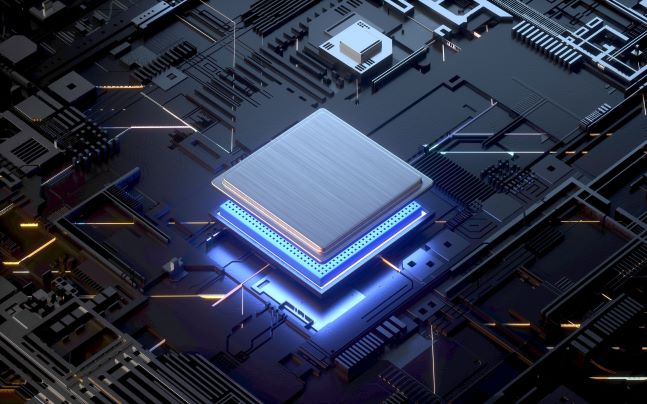AMS Spec Published for SupremEX 225XE Metal Matrix Composite
Read more about our products and services that ensure more accurate medical nuclear imaging.
Beryllium continues to advance the most innovative technologies. Read more about why NASA picked Materion’s beryllium metal for the James Webb Space Telescope.
Beryllium enables optical space technologies. Read about beryllium mirrors that will see to the outer reaches of space.
Read more about how Materion's beryllium steps up to meet rigorous end-use performance requirements in a wide range of applications.
Read how Materion has expanded its capacity for its Proprietary AlBeCast aluminum-beryllium product line.
Read more about how Materion Enters into Strategic Partnership
Read more about how Materion is meeting growing demand for beryllium metal as worldwide supplies tighten.
Read more about Materion's involvement and innovation in the market for Amorphous Metals
Read the latest news and innovations on Materion Acoustic Beryllium products
Read more about how Materion's Beryllium Window product enabled Scientists to See Chemical Reactions
Read more about innovations and products in Beryllium impacting technology
